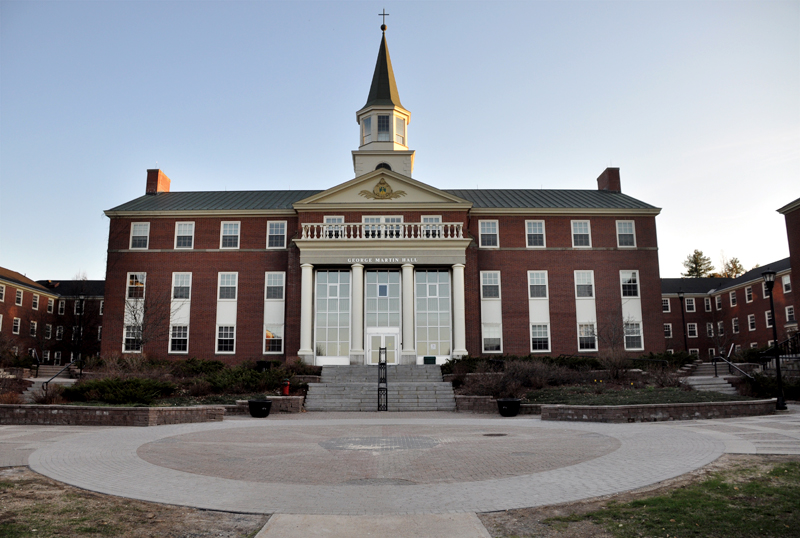
St. Thomas University is awaiting a response after applying for infrastructure funding from two levels of government in May.
While it’s unclear if STU’s request will be approved or how much money it will receive under the federal Strategic Infrastructure Fund for post-secondary institutions, some students already have ideas about where the funds should be spent.
Jeffrey Carleton, STU communications director, said universities were invited to apply for federal funding, which would be matched by the province, by mid-May at the latest.
“It was a tight deadline to prepare an application,” he said.
Carleton said STU applied for a project in which research and training facilities on campus would be refurbished.
“It’s something we’ve been looking at for some time,” he said.
Carleton did not say how much that work would cost or what areas of campus would be fixed if it is approved, but he did say the feds will pick a date for an announcement at STU if the project gets the green light.
He also said the work at STU will likely be smaller in scale than the recent announcements for a Centre for Healthy Living at the University of New Brunswick and a provincial Centre for Precision Medicine at Université de Moncton.
However, Carleton said, the criteria for potential projects to be eligible for money was strict.
He said the government wanted shovel-ready projects where work could start right away.
Projects would have to improve the scale or quality of research and innovation facilities or specialized training based on industry needs.
The environmental sustainability of research and innovation infrastructure would also have to be revamped for work to be considered for funding.
“We have reached out to the province to see where our application stands,” said Carleton. “So we will just have to wait to hear back.”
Sam Titus, vice-president education for the St. Thomas University Students’ Union, said STU’s current facilities are generally accessible and accommodating for students and faculty alike.
However, he said, STU should spend its funding on residence renewal – if it gets any money.
“That’s the only reasonable place where money could be spent right now,” said Titus.
Titus said the STUSU hasn’t identified any other places where funds could be allocated, but it would focus on representing what’s best for students if any money is set aside for STU.
Jeremy Landry, a fourth-year criminology and psychology student, also offered suggestions about where STU could direct its share of the potential project’s price tag if it’s approved.
He said funding could be used to create co-operative education or experiential learning opportunities for all students rather than in select departments.
“People say an arts degree won’t land you a job, but having a co-op program would change that,” said Landry.
As for residence renewal, Carleton said the renovations presently being done on Harrington Hall and work slated for other residences in future years did not fit the criteria for funding applications.
When it comes to experiential learning, Carleton said STU is working with the provincial Department of Post-Secondary Education, Training and Labour to see how universities can improve in that area.
“But this is a separate project and round of funding from that.”
